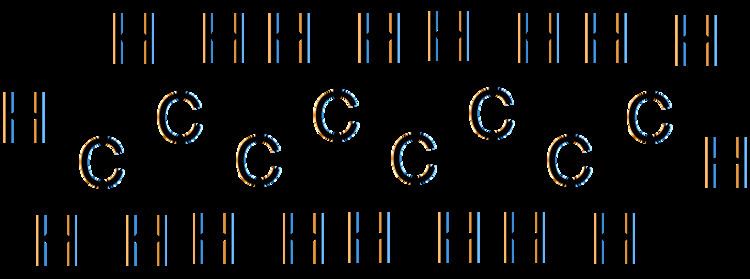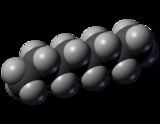3DMet B00281 Related alkanes Molar mass 114.23 g/mol IUPAC ID Octane Melting point -57 °C | Appearance Colorless liquid Formula C8H18 Boiling point 125 °C Density 703 kg/m³ | |
 | ||
How to balance c8h18 o2 co2 h2o octane combustion reaction
Octane is a hydrocarbon and an alkane with the chemical formula C8H18, and the condensed structural formula CH3(CH2)6CH3. Octane has many structural isomers that differ by the amount and location of branching in the carbon chain. One of these isomers, 2,2,4-trimethylpentane (isooctane) is used as one of the standard values in the octane rating scale.
Contents
- How to balance c8h18 o2 co2 h2o octane combustion reaction
- Cobb accessport tips on fuel grade knock protection and tunes octane 91 or 93 or acn91
- Use of the term in gasoline
- Metaphorical use
- Isomers
- References

Octane is a component of gasoline (petrol). As with all low-molecular-weight hydrocarbons, octane is volatile and very flammable.
Cobb accessport tips on fuel grade knock protection and tunes octane 91 or 93 or acn91
Use of the term in gasoline

"Octane" is colloquially used as a short form of "octane rating" (an index of a fuel's ability to resist engine knock at high compression ratios, which is a characteristic of octane's branched-chain isomers, especially iso-octane), particularly in the expression "high octane."

The octane rating was originally determined by mixing a gasoline made entirely of heptane and 2,2,4-trimethylpentane (a highly branched octane), and assigning anti-knock ratings of 0 for pure heptane and 100 for pure 2,2,4-trimethylpentane. The anti-knock rating of this mixture would be the same as the percentage of 2,2,4-trimethylpentane in the mix. Modern octane ratings of gasoline are given octane ratings equal to those from this original heptane/octane scale. Different isomers of octane can contribute to a higher or lower octane rating. For example, n-octane (the straight chain of 8 carbon atoms with no branching) has a -10 (negative) octane rating, while pure 2,2,4-trimethylpentane (a highly branched octane) has an octane rating of 100. Some fuels have an octane rating higher than 100, notably those containing methanol or ethanol.
Metaphorical use

Octane became well known in American popular culture in the mid- and late 1960s, when gasoline companies boasted of "high octane" levels in their gasoline advertisements.
The compound adjective "high-octane" , meaning powerful or dynamic, is recorded in a figurative sense from 1944. By the mid-1990s, the phrase was commonly being used as an intensifier and has found a place in modern English vernacular.
Isomers
Octane has 18 structural isomers (24 including stereoisomers):
